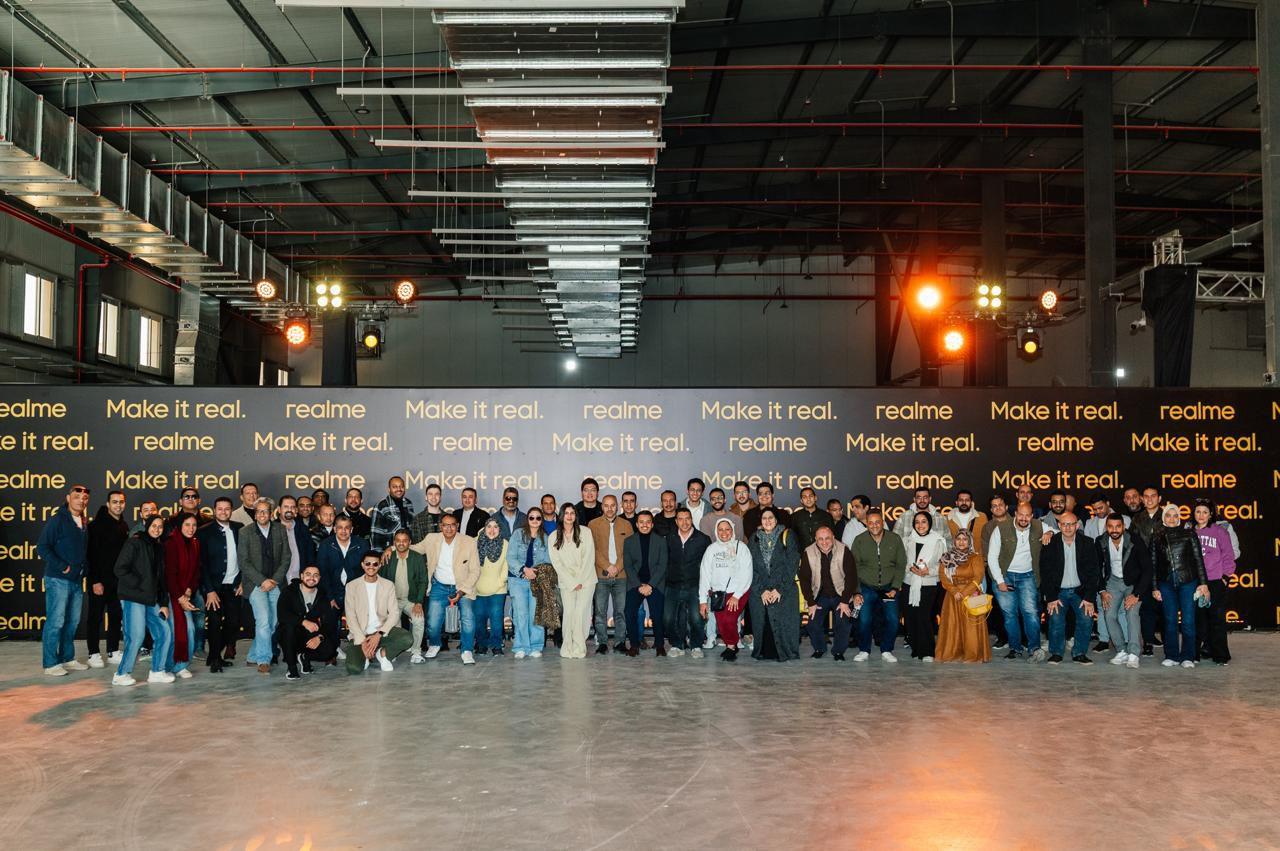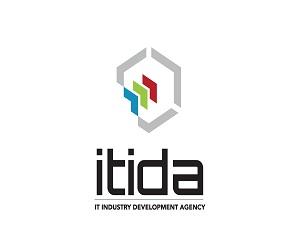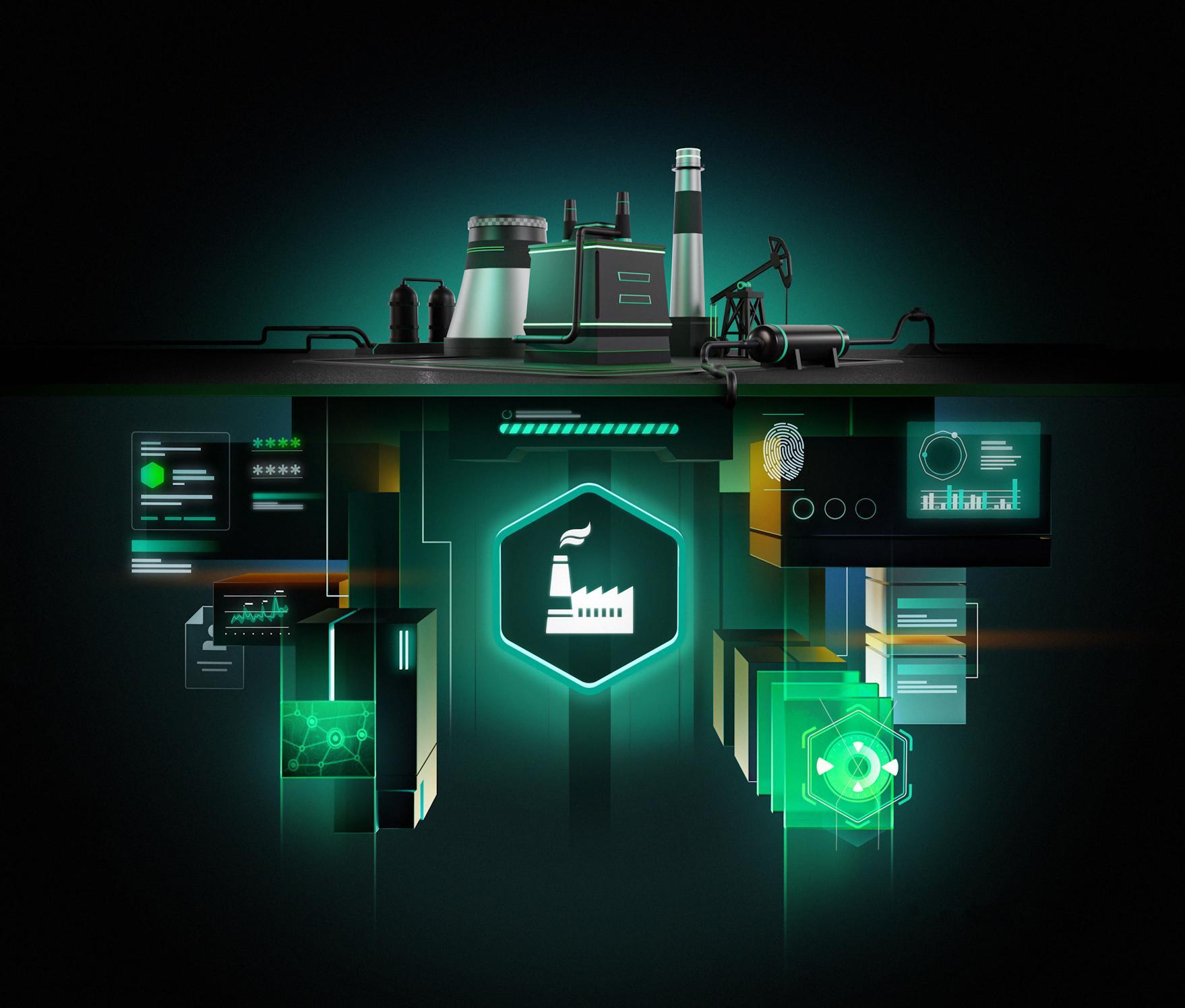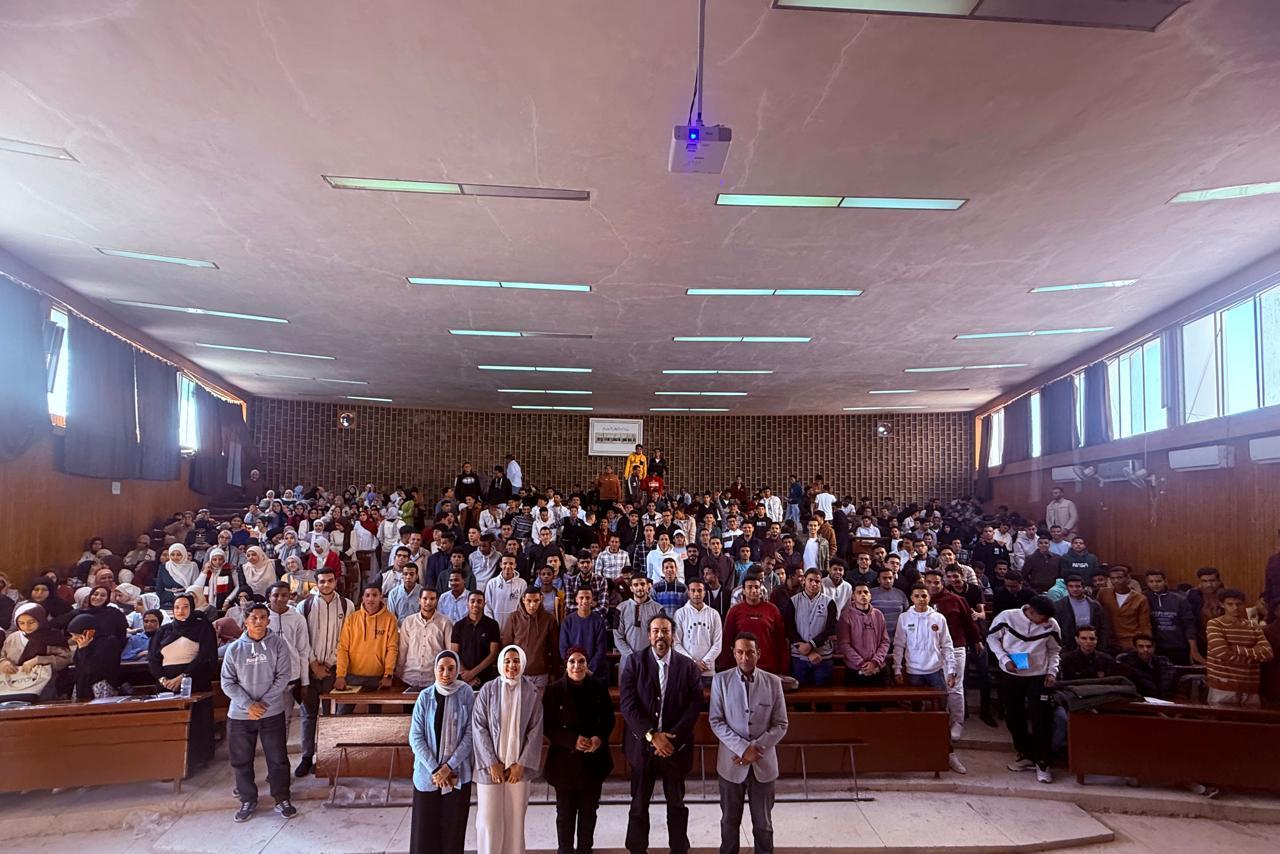By: Lorenzo Lumassi,
Vice President, Services Sales, MERAT, Dell Technologies
Over the past 15 years, IT has worked in a predictable manner. In order to automate critical business processes, companies have been implementing packaged applications from established software vendors. In turn, IT departments have focused the bulk of their efforts on building and managing the infrastructure needed to run such applications, as well as developing the skills needed to deliver guaranteed service levels across the business. As a result, companies have invested heavily in infrastructure related to enterprise applications.
But all of this has started to change. With the rise of mobile devices, cloud computing, social media, the Internet of Things and other disruptive forces, the way applications are built, deployed, and utilized has transformed significantly. To capture digital revenue streams, develop smarter products and deliver the vastly improved experiences that customers expect, companies needed to undergo significant transformation. All this needs to be done, while simultaneously lowering costs and refining the performance of older applications and the infrastructure on which they run.
The only way to achieve both goals - innovate and optimize - is to transform the technology we use to deliver IT services. This begins with bringing down the cost and effort involved in running the older automation software packages - so that IT can shift its resources toward other transformational aspects of the business.
A dilemma for IT executives
The tension that arises between modernizing as rapidly as possible is a challenge for most companies. To succeed on both fronts, IT leaders are realizing that they must undergo significant transformation across the organization. From re-evaluating on and off premise infrastructure investments, to upping the commitment to IT-as-a-Service delivery. In most cases, this is new territory, and many are looking for guidance to navigate as effectively as possible.
The modern datacenter begins with infrastructure
The first step toward supporting these often-conflicting IT priorities is to modernize the infrastructure components on which IT is built or, rather, to become a future-ready datacenter. In the past, IT departments built their infrastructure and bought their applications, but now they’re increasingly looking to invert that model. They want to buy simple, easy-to-deploy infrastructure platforms on which they can quickly build and run core business applications that differentiate their businesses, while also providing a platform for deploying next-generation applications.
Infrastructure-as-a-service (IaaS) allows for both. IaaS technology enables businesses to avoid the cost and complexity of provisioning and managing their own infrastructure. Instead, infrastructure is maintained and supported by third-party providers, enabling IT teams to remain focused on other priorities that can move the business forward. IaaS solutions also enable organizations to:
• Significantly reduce the expense of provisioning and maintaining infrastructure.
• Improve business continuity and disaster recovery by ensuring that infrastructure is available after outages or disasters.
• Accelerate speed to market by providing additional compute power and storage, provisioning virtual machines in minutes or hours rather than days or weeks.
• Remain focused on growing the business, rather than maintaining IT infrastructure.
• Scale up and down easily as demand peaks and ebbs.
Despite these benefits, many organizations are uncomfortable moving certain workloads to the cloud. On-premises infrastructure provides more security and control, especially over data sovereignty, and may provide higher performance for workloads where low latency is critical. To enable enterprises to enjoy the benefits of the public cloud and IaaS, they can opt for solutions such as Data Center-as-a-Service, that brings the power of on-premises IaaS capabilities to core data center and edge locations. Rather than making capital investments in hardware, storage, servers and the staff to maintain them, enterprises can quickly and easily provision IaaS resources whenever needed, paying only for the infrastructure services they consume. IaaS offerings allow enterprises to access a portion of a consolidated pool of resources to create and use compute infrastructure when needed. This reduces the time and cost of procuring, deploying, configuring, and managing hardware and software components separately, accelerating time to value for IT investments.
According to a report from Egypt Data Center Market Research report, the size of the data center market in Egypt will attract investments of $379 million by 2026, with an annual growth rate of 18.2%. As governments and enterprises move forward with their digital transformation agendas, there is an increasing need to migrate from server room operations to data center services such as managed services, co-location and hybrid infrastructure. In addition, several smart city related initiatives across countries such as Egypt, UAE, Saudi Arabia, Qatar and more, is expected to drive up investment and implementation of modern, future-ready data centers.
All of this only begins to tell the story of where businesses and IT teams are heading in the transformation process thanks to rapid digitization and market opportunity. The paradigms associated with technology infrastructure will continue to evolve dramatically and as they do, new skills, tools and resources will come into play. There is no end point for transformation - it’s as constant as innovation - but there is a beginning. And that is how the Modern Datacenter will be built.














































































